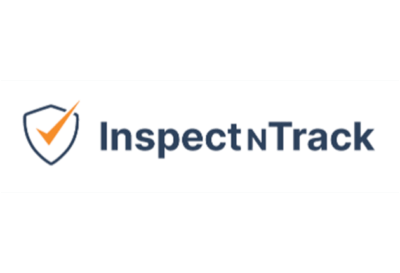This article discusses the planning process involved with setting up a new route builder.
The route builder is accessed from the top menu bar, and it the area of the system where you setup your customers, facility, routes and zones. It is important to spend some time thinking about how you want your inspection assignments to flow. Understanding your ultimate workflow goals will ensure that the route builder is setup appropriately to facilitate them.
This article is going to cover planning rather than actual setup steps.
The top line of the route builder is called customer. This can be renamed to site, plant, facility, or some other name if you are not a service provider.
The second line is called division. There is normally only one division per customer unless the customer has multiple geographically different locations, or the company has multiple departments that must keep their routes separate.
Next comes routes. You can think of a route as a container that holds a collection of equipment. Routes are assigned to field technicians to complete, so they should include equipment that is meant to be inspected together. A popular way to setup routes is to create a route for each building at your facility. A university is a great example that is easy to visualize. The customer and division represent the campus, and the routes represent each building on campus. The benefit of this style of setup is that you can walk into a building and produce a list of equipment that needs to be inspected in that building without having to see equipment from other areas. The icons and counters on the mobile app offer the field technician validation that all equipment within a route has been inspected prior to leaving the route. Building or physical location routes are most common, but they are not the only way to setup route builder. Sometimes companies already have predefined inspection routes or areas that they follow. In this case we recommend setting up the route builder to match the existing process that is already working well.
Underneath routes there is one more opportunity for further division by using zones. Zones are used to break a route into smaller sections. Field technician assignments can be made at the zone level rather than the route level. Some good uses for zones are segregating equipment that is inspected by different types of technicians, or breaking a tall building into floors.
The best approach to setting up the route builder is to make it detailed enough to facilitate the needed assignments, but simple enough to be easy to navigate. Zones must be opened individually to access the equipment inside, so if your process is to inspect multiple types of equipment at the same time ensure that all the equipment is in one zone. If equipment that is inspected together is segregated into different zones, the field technician will be forced to tap in and out of different zones as he or she goes, or to perform multiple rounds at the same area.
The route builder requires a minimum of one customer, division, route, and zone before equipment can be added. If there are levels you don’t require for your workflow you must still include a single entry in the route builder. However, this won’t be visible to field technicians as the mobile app skips any level of the hierarchy with only one option during navigation.
Another thing to consider when planning the route builder is how you will need to run reports. Reports can only be easily filtered by customer, route, and zone. If you’re thinking about adding multiple divisions and will need to run reports specific to the division, please contact your InspectNTrack implementation specialist to discuss alternate setup options.
For information on how to start adding records to your route builder please visit https://inspecttrack.com/help/adding-and-editing-customer-division-route-zone-in-route-builder/

